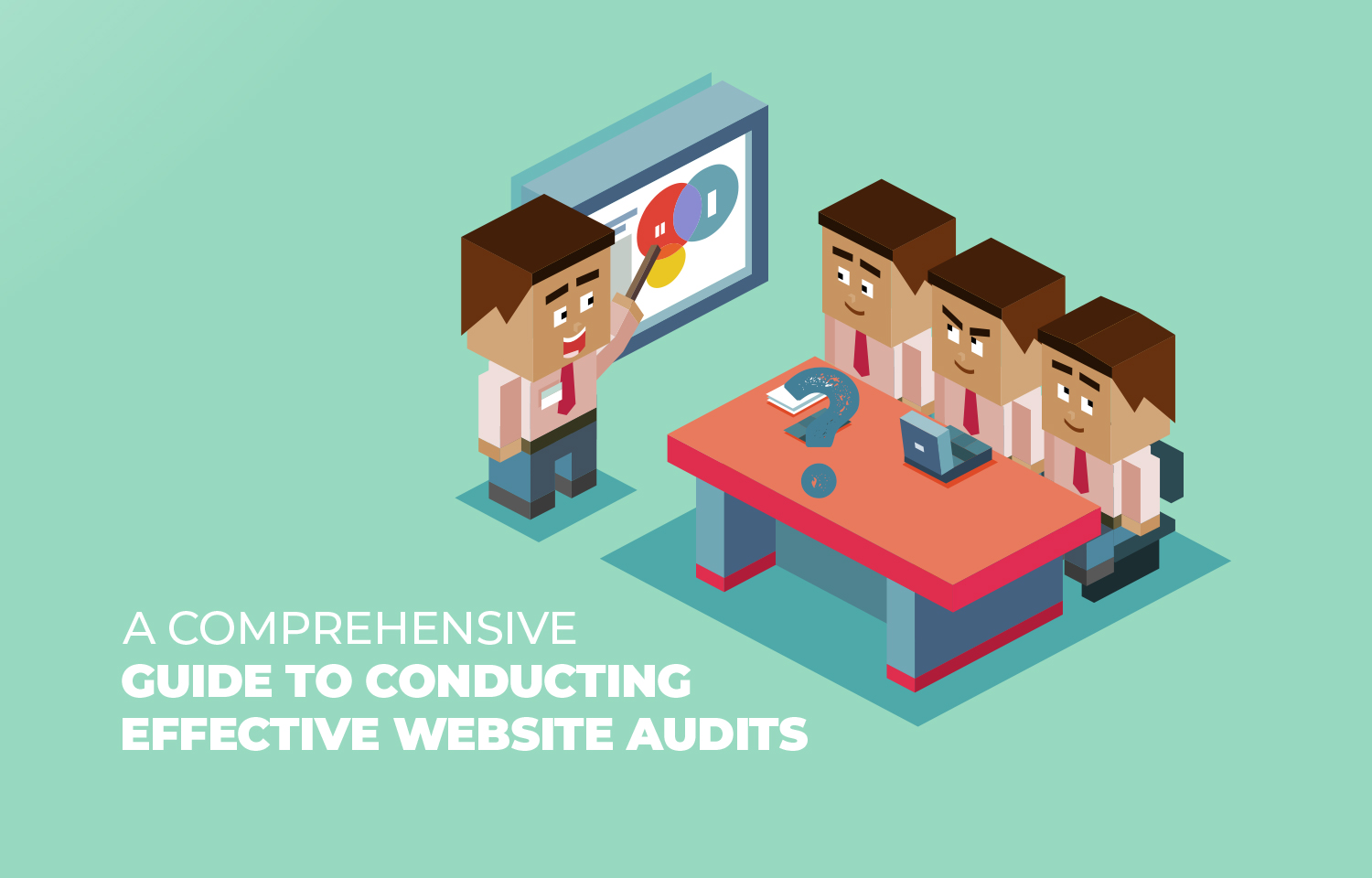
A Comprehensive Guide to Conducting Effective Website Audits
Website audits are an integral aspect of digital strategy and business growth, providing a detailed analysis of the factors affecting a website’s visibility and usability. To keep pace with ever-evolving technological standards, search engine algorithms, and user behaviours, it’s crucial to conduct regular website audits.
Step 1: Define Your Goals
Your audit should align with the goals you have for your website. Are you looking to improve organic search performance? Enhance user experience? Boost conversion rates? Identifying these goals will help guide your audit and determine what you should focus on.
Step 2: Technical SEO Audit
The technical side of SEO revolves around how well search engine spiders can crawl your website and index your content. Here are some factors to consider:
Site Speed: Faster sites rank higher in search engines and provide a better user experience. Use tools like Google PageSpeed Insights or GTmetrix to test your speed.
Mobile-Friendly: Ensure your website is responsive and user-friendly on mobile devices. Google’s Mobile-Friendly Test can help.
Crawl Errors: Check for crawl errors in the Google Search Console to identify broken links, server errors, or blocked resources.
HTTPS: Secure sites protect user information and score higher in SEO rankings. Ensure your website uses HTTPS, not HTTP.
Step 3: On-Page SEO Audit
On-page SEO is all about your content, keywords, and how you make it easier for search engines to find and understand your content. Elements to check include:
Keyword Usage: Are your keywords used appropriately in titles, headings, meta descriptions, URLs, and content?
Meta Descriptions: Ensure each page has a unique meta description that summarises its content accurately.
Alt Tags: Images should have descriptive alternative text (alt text) to assist visually impaired users and improve SEO.
URL Structure: URLs should be user-friendly and descriptive.
Step 4: Off-Page SEO Audit
Off-page SEO involves factors outside your website that impact its reputation and ranking. Primarily, this means backlinks.
Link Quality: Using tools like Moz’s Link Explorer or SEMrush, analyse the quality of the sites that link to you. A few high-quality links are better than many low-quality ones.
Link Relevance: Links should come from sites relevant to your industry or content.
Step 5: User Experience (UX) Audit
An effective website provides an excellent user experience.
Navigation: The site should be easy to navigate, with a logical structure and intuitive menus.
Design: The design should be modern and user-friendly, with readable fonts, suitable colour contrasts, and appropriate use of images.
Accessibility: Check your site against WCAG accessibility standards to ensure all users, including those with disabilities, can access your content.
Step 6: Content Audit
Assess the quality of your website content.
Relevance: Content should be relevant to your audience and up-to-date.
Grammar and Spelling: Check for any spelling and grammar errors. Tools like Grammarly can be helpful.
Duplicate Content: Ensure your content is unique. Duplicate content can harm your SEO rankings.
Step 7: Implement Changes
After identifying areas for improvement, prioritise and plan your changes based on their potential impact and feasibility. You may need to bring in web developers or designers to help with more technical aspects.
Step 8: Monitor Progress
Implementing changes is not the end. Continue to monitor your website’s performance over time using analytics tools, and adjust as necessary.
Conclusion
A comprehensive website audit can be a daunting task. Still, it’s invaluable for optimising your website’s performance, search engine rankings, and user experience. By regularly auditing your website and making necessary adjustments, you’ll be one step ahead in the digital landscape.

Article by Karen
Related posts
Learning from Failing Fast
“Fail fast” is a phrase that gets tossed around often—and for good reason. In many sit
Microservices or Monolith? Why One Size Doesn’t Fit All in Software Development
Following the recommended methods and techniques may seem like common sense to many. It’s only
Don’t be afraid of Technical Debt
Developers usually aim to keep technical debt as low as possible when building software—some even



